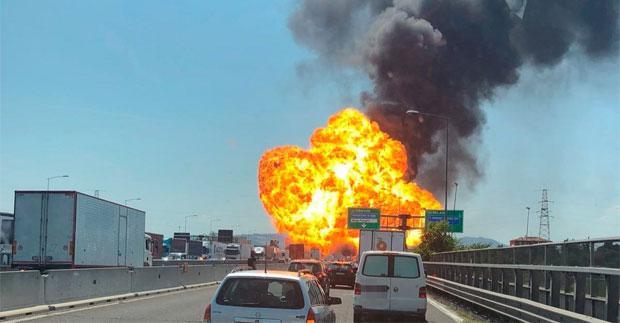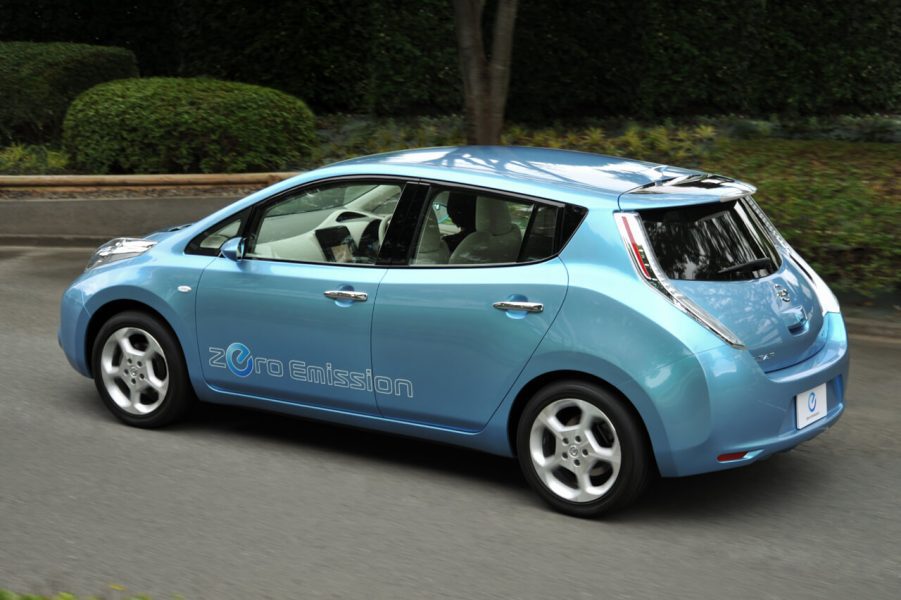
What hazard class does gasoline belong to?
Content
Classification of hazard classes of substances
Hazard classes are established by the provisions of GOST 12.1.007-76 regarding those materials that, in various ways of contact with them, can harm the human body and the environment. For gasoline, this is especially important, since it is a popular and necessary product in the economy, consumed in large quantities.
GOST 12.1.007-76 establishes the following signs of danger:
- Inhalation of the maximum permissible concentration (MAC) of a substance from the air.
- Accidental ingestion (lethal dose per unit of human body weight).
- Contact with the skin, with the appearance of symptoms of its irritation.
- Possibility of poisoning due to directed exposure to vapors.
- Possibility of chronic diseases.
The cumulative effect of all of the above components determines the hazard class. The standards for each parameter, of course, are different, therefore, the one with the highest limit values is taken into account.


Standards for gasoline: what is the hazard class?
Despite the variety of brands of gasoline, according to domestic terminology, all of them, as flammable liquids, belong to the ІІІ hazard class (this corresponds to the international classification code F1). The hazard class of gasoline corresponds to the following indicators:
- MPC in the application area, mg/m3 - 1,1… 10,0.
- Lethal dose entering the human stomach, mg / kg - 151 ... 5000.
- The amount of gasoline on the skin, mg / kg - 151 ... 2500.
- Vapor concentration in air, mg/m3 - 5001… 50000.
- The maximum concentration of vapors in the air at room temperature (measured relative to the same indicator for lower mammals), no more than - 29.
- The diameter of the danger zone around, subsequently causing chronic exposure, m - up to 10.
Classification code F1 additionally states that the measurement of all the indicated indicators that determine the hazard class of gasoline must be carried out at a certain temperature (50 ° C) and vapor pressure (at least 110 kPa).


Security measures
In the case of gasoline, the following restrictions apply:
- Exception in areas where open flame heating devices are used.
- Periodic check of tightness of containers.
- Constant operation of the ventilation system (the principle of ventilation is not specified in the standard).
- Availability of fire extinguishers in the premises. With a possible ignition source less than 5 m2 fire extinguishers of carbon dioxide or aerosol types are used.
- Control of the atmosphere using portable gas analyzers of individual action (devices must be designed to detect vapors of volatile hydrocarbons and operate in the MPC zone, which is specific for gasoline).
In addition, to localize the spill of gasoline in the premises, boxes with dry sand are installed.


Personal Precautions
It is worth remembering that any ignition source (cigarette, match, hot exhaust pipe or spark) can ignite gasoline vapors. The substance itself does not burn, but its vapors burn well, and they are heavier than air, and therefore, moving above the surface of the earth, they can contribute to the drying or cracking of the skin. Prolonged inhalation of gasoline vapors may cause dizziness, nausea, or vomiting. The latter is also likely when the owner of the car, when trying to pump out gasoline with his mouth, can swallow some of it. Gasoline containing toxic and carcinogenic benzene can cause chemical pneumonia if it enters the lungs.
When filling tanks or canisters with gasoline, only 95% of their nominal capacity should be used. This will allow the gasoline to expand safely as the temperature rises.


Watch this video on YouTube

